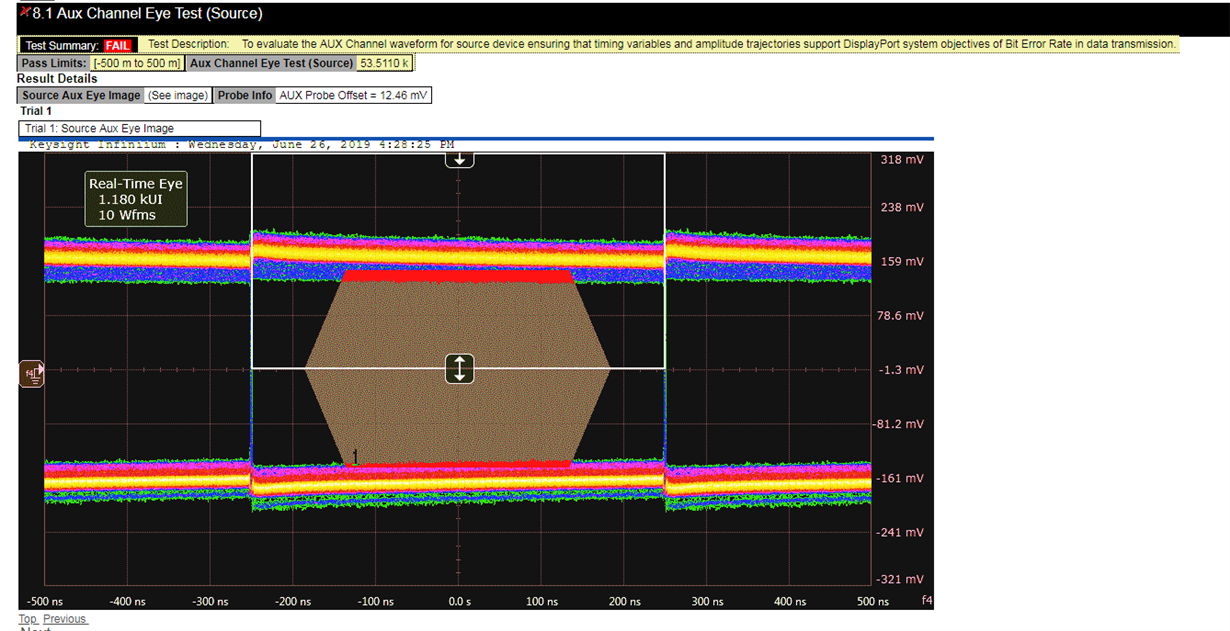Other Parts Discussed in Thread: SN65MLVD203
Hi Sirs,
Sorry to bother you.
We are survey High-Speed Differential Line Drivers and Receivers, like SN65LVDS180 function.

But we need Differential output voltage magnitude around 500-600mV.
Does TI have solution can share?




